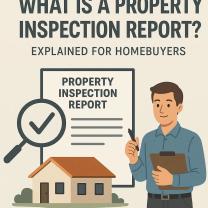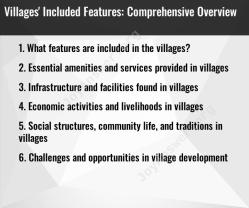What is a rent - roll spreadsheet?
A rent roll spreadsheet is a document or digital spreadsheet used by landlords, property managers, and real estate investors to track and manage rental income from multiple rental units or properties. It essentially provides a detailed snapshot of the status of all rental units within a property or portfolio.
Definition:
A rent roll spreadsheet lists each rental unit along with key details such as tenant names, lease start and end dates, monthly rent amounts, security deposits, payment status, and other relevant information related to the leasing of those units.
Typical information included:
Unit number or address
Tenant name
Lease start date
Lease end date
Monthly rent amount
Security deposit amount
Payment status (paid, late, overdue)
Tenant contact information
Notes on lease terms or maintenance
Uses of a Rent Roll Spreadsheet:
Tracking Rental Income: Helps landlords keep track of how much rent is expected and actually collected for each unit.
Managing Lease Terms: Shows when leases expire so landlords can prepare for renewals or find new tenants.
Financial Reporting: Provides data for calculating cash flow, profitability, and preparing reports for owners or investors.
Tenant Management: Keeps tenant contact info and lease details in one place for easy reference.
Portfolio Management: Useful for landlords or property managers handling multiple properties or units to see the overall status at a glance.
Valuation and Due Diligence: Real estate investors use rent rolls to evaluate income-generating potential during buying or selling properties.
Identifying Delinquencies: Easily spot late or missed payments for follow-up action.
In summary:
A rent roll spreadsheet is a critical organizational tool that helps efficiently manage rental properties by consolidating all tenant and rental income details in one structured document. It ensures landlords and managers stay informed and can make data-driven decisions about their rental business.
What Is a Rent-Roll Spreadsheet?
A rent-roll spreadsheet is a critical document in property management.
How to Create and Use a Rent-Roll Spreadsheet?
Creating a rent-roll spreadsheet is a straightforward process that can be done using software like Microsoft Excel or Google Sheets.
To use the spreadsheet effectively, it's essential to update it regularly. Any changes in tenancy, rent amount, or lease terms should be recorded immediately.
What Information Is Included in a Rent Roll?
A comprehensive rent-roll spreadsheet should include a variety of key data points for each rental unit.
Tenant's Name: The full name of the tenant(s) for the unit.
Unit Number: The specific identifier for the rental unit (e.g., Apartment 101, Unit B).
Lease Start and End Dates: The duration of the current lease agreement.
Monthly Rent: The specific amount of rent due each month.
Rent Due Date: The day of the month the rent is expected.
Move-in and Move-out Dates: The actual dates the tenant started and ended their occupancy.
Payment Status: A column to track whether the rent has been paid, is overdue, or is paid in advance.
Security Deposit Amount: The amount of the security deposit held for the unit.
Notes: A space for any other relevant information, such as late payment fees, special agreements, or maintenance issues.
How Does a Rent Roll Help Property Management?
A rent-roll spreadsheet is an invaluable tool for property management. It provides a centralized, up-to-date record of a property's financial status.
Assess Financial Performance: Determine the total monthly income and analyze occupancy rates to understand the property's profitability.
Manage Cash Flow: Forecast incoming revenue, which is crucial for budgeting and planning for expenses like maintenance or property taxes.
Identify Delinquent Tenants: Easily spot which tenants have not paid their rent, allowing for timely follow-up and action.
Streamline Reporting: Generate accurate reports for property owners or investors, providing them with a clear picture of their asset's performance.
Assist with Valuations: When a property is being sold or refinanced, a rent roll is a key document that helps potential buyers or lenders assess its value and potential income.
What Are Common Formats for Rent-Roll Spreadsheets?
While the core information in a rent roll is consistent, the format can vary based on the user's needs. Common formats often use spreadsheet software like Microsoft Excel or Google Sheets.
Some managers prefer a simple, tabular format, with rows for each unit and columns for the key data points. Others might create more complex formats with multiple tabs to track different properties or include graphs and charts for a visual overview. Specialized property management software often includes an automated rent-roll feature, which is essentially a more advanced, digital version of a spreadsheet. These systems can automatically update the rent roll as payments are made and generate reports with a few clicks.












